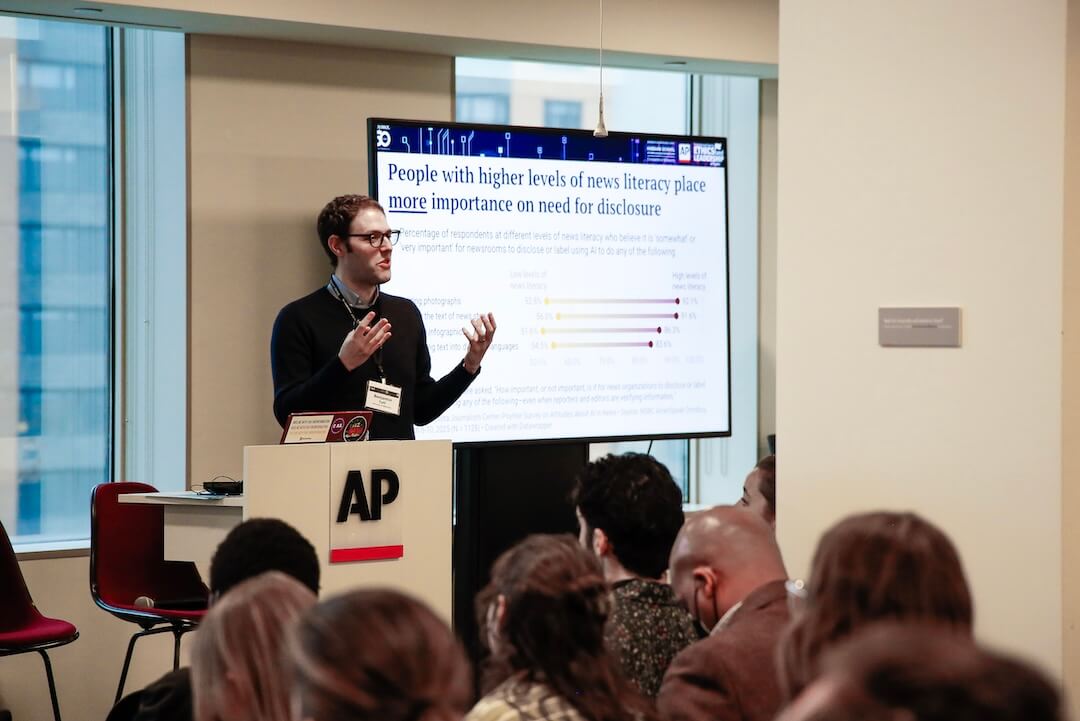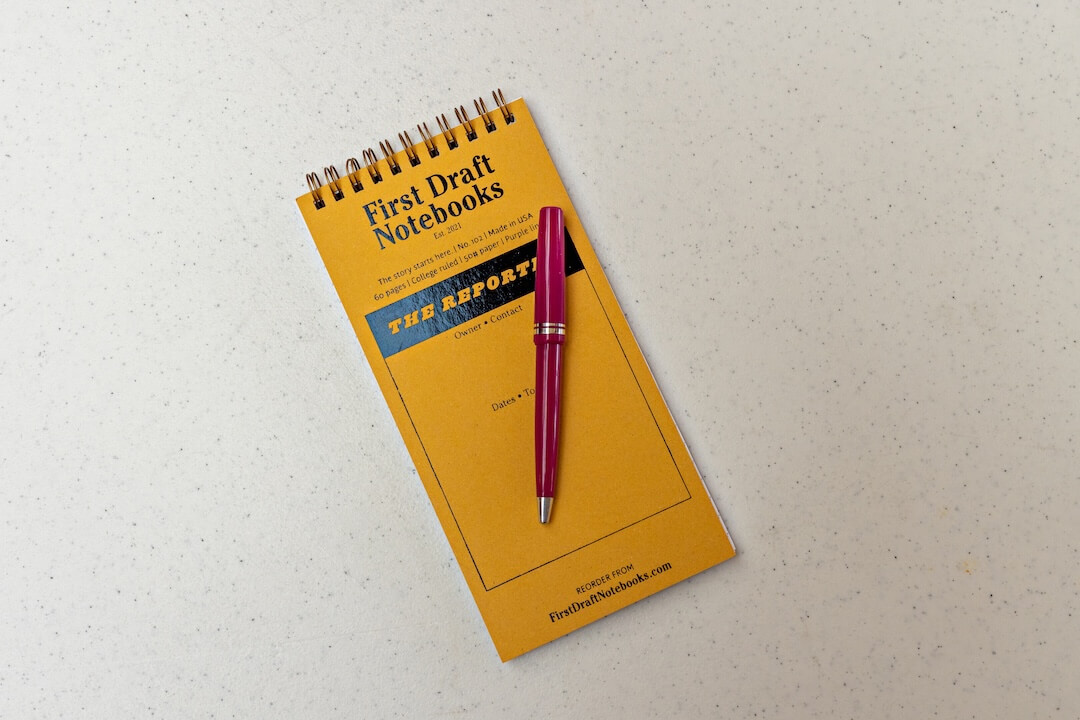Four years ago, The Washington Post covered two major news events the old-fashioned way.
For the Olympics in London, sports reporters tallied up the medal counts on television and hand-wrote briefs for the website. And when the election came around a few months later, four Post scribes took a look at election returns and hand-wrote lots of little results stories — who won what, and where.
This year, that work is being done by robots. Kind of.
Earlier today, The Washington Post announced it’s joining the growing number of news organizations who are using language-generation technology to produce stories automatically.
Heliograf, a tool developed by The Washington Post’s engineering team, will use data and language templates to generate automatic briefs on medal tallies, event schedules and competition results for the 2016 Olympic Games in Rio. Those briefs will be fed into The Washington Post’s main Olympics liveblog, which will also be home to stories written by the newspaper’s sports reporters.
The updates will also be shared by The Washington Post’s Twitter bot, @WPOlympicsbot, its Facebook Messenger bot and accessible on Alexa-enabled devices.
Like other news organizations, The Washington Post is hoping automation will free up human reporters to do creative stories that don’t require mindless repetition of rote tasks, said Jeremy Gilbert, director of strategic initiatives at newspaper.
“In no way do we want to replace human reporters with automated reporters,” Gilbert said. “We want to free up reporters to do the kind of high-impact stories they want to do.”
After the Olympics conclude, The Washington Post will also use Heliograf for the 2016 election, Gilbert said. The goal is to produce a batch of stories for a multitude of political races that are updated twice over the course of the election.
The first story will be a preview, a look at the candidates and the factors that could shape each race. The second version of the story will feature results from the race as returns start coming in. The third and final iteration of the story will be a conclusive version that includes some analysis putting the race into a larger context.
Along the way, the stories will be informed by the expertise of The Washington Post’s political reporters — even if they’re not the ones doing the typing, he said.
“For the elections, we believe can do sophisticated stories that combine multiple data and information from human reporters,” Gilbert said.
Heliograf is The Washington Post’s first big step into language generation, said Sam Han, director of big data and personalization at the newspaper. Eventually, The Post wants to include the tool in Arc, the portfolio of web apps it licenses to other news organizations for a fee.
“We are trying to have our own technology suite for natural language-generation in such a way that we can provide that service to other publishers who use our Arc platform,” he said.
He added that the project also fosters a culture of collaboration between The Washington Post’s engineers and its journalists, two groups that must gel to make innovation possible.
“By working together on this project, we are building trust,” he said. “We work with the newsroom to show that journalism integrity is not at risk. And I think the newsroom is doing the same thing — looking at the engineering team and working with them to say: How can we make this happen?”






